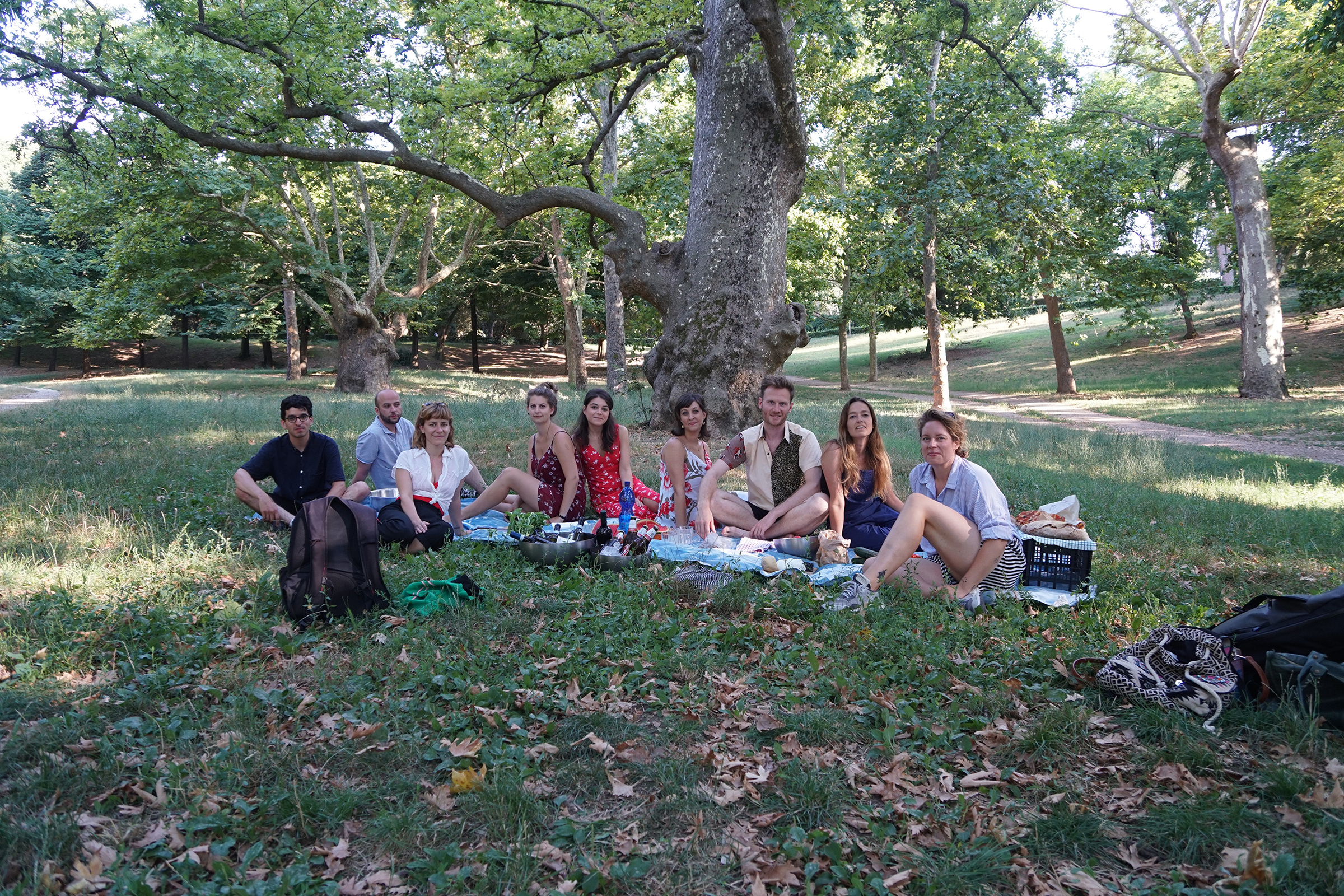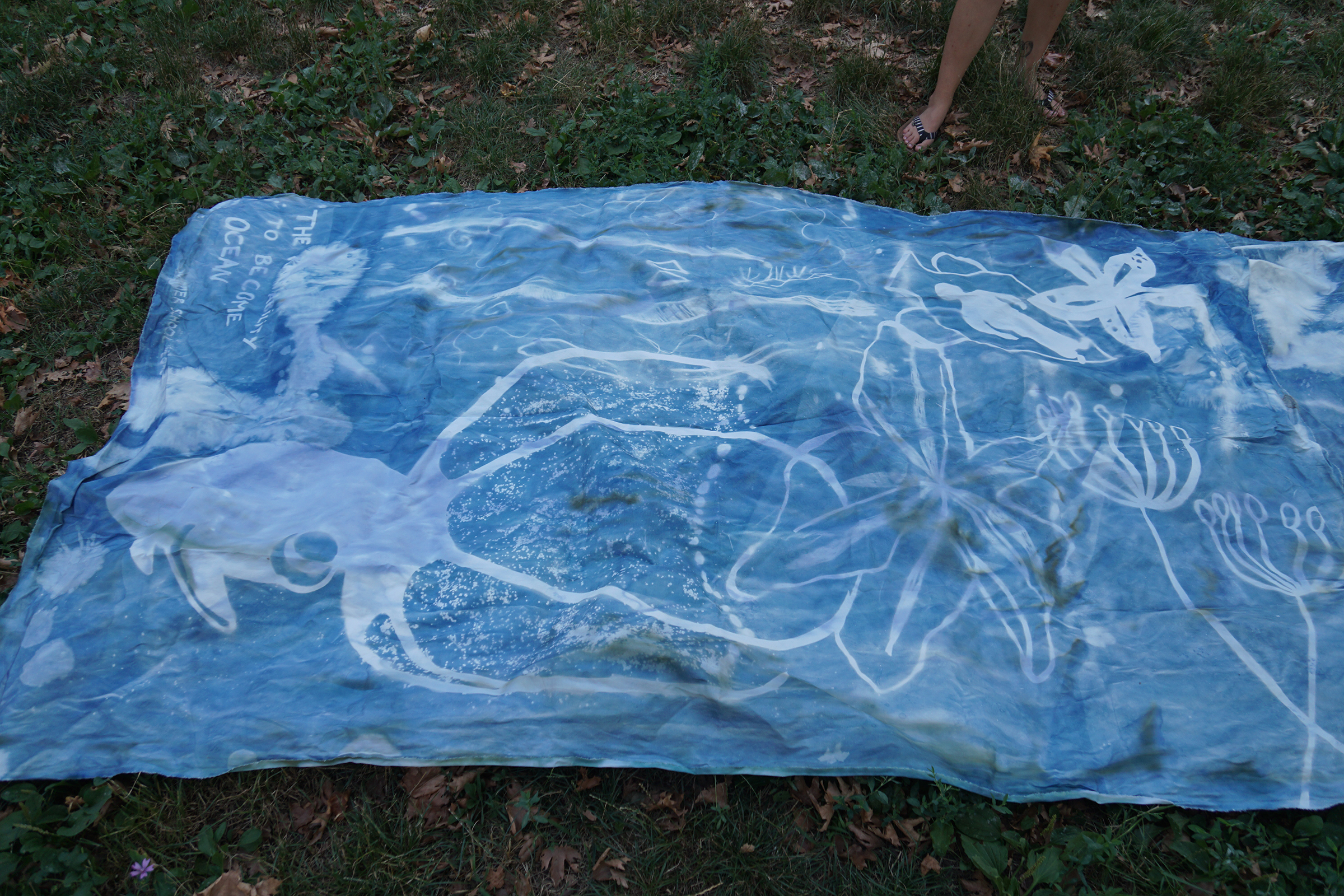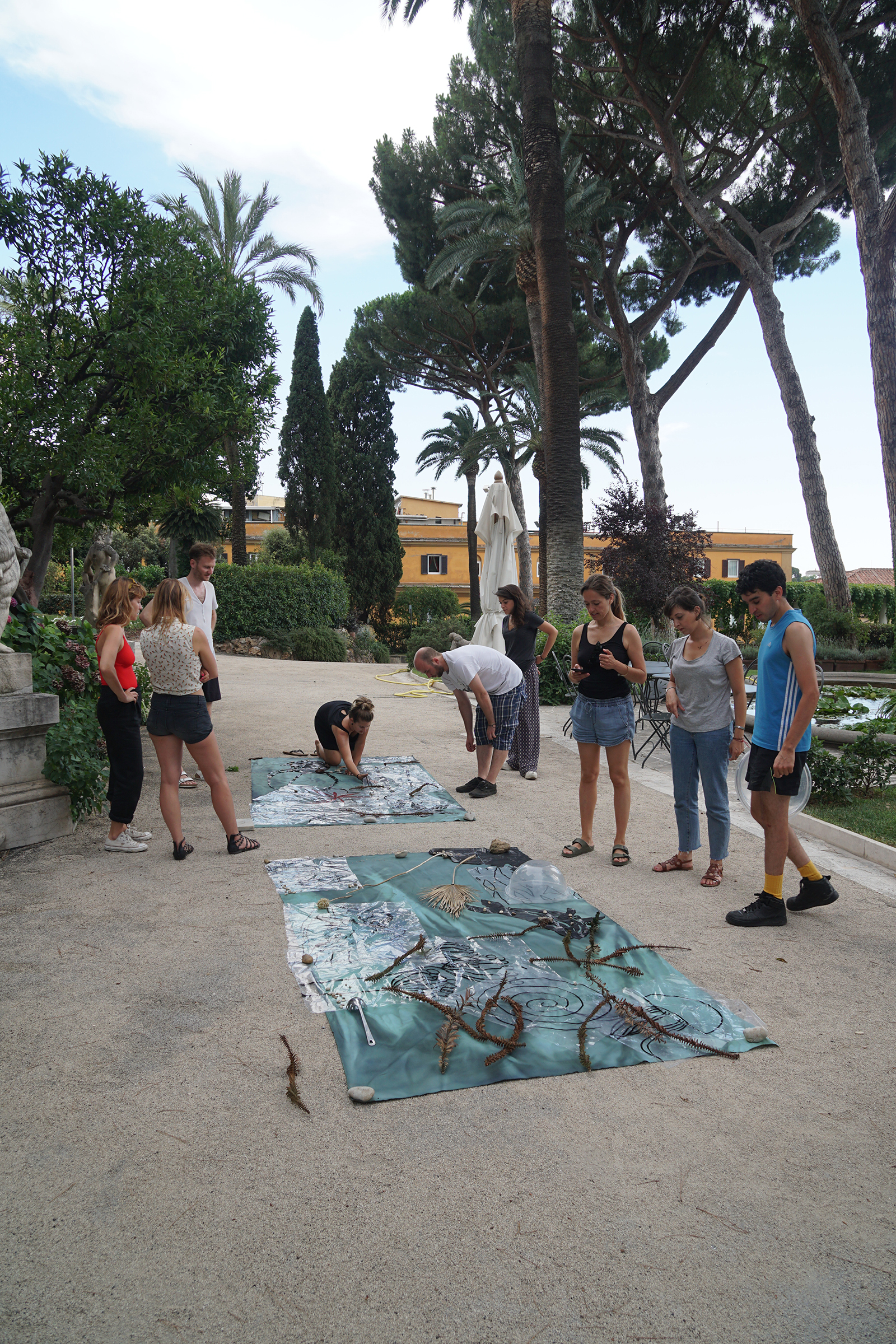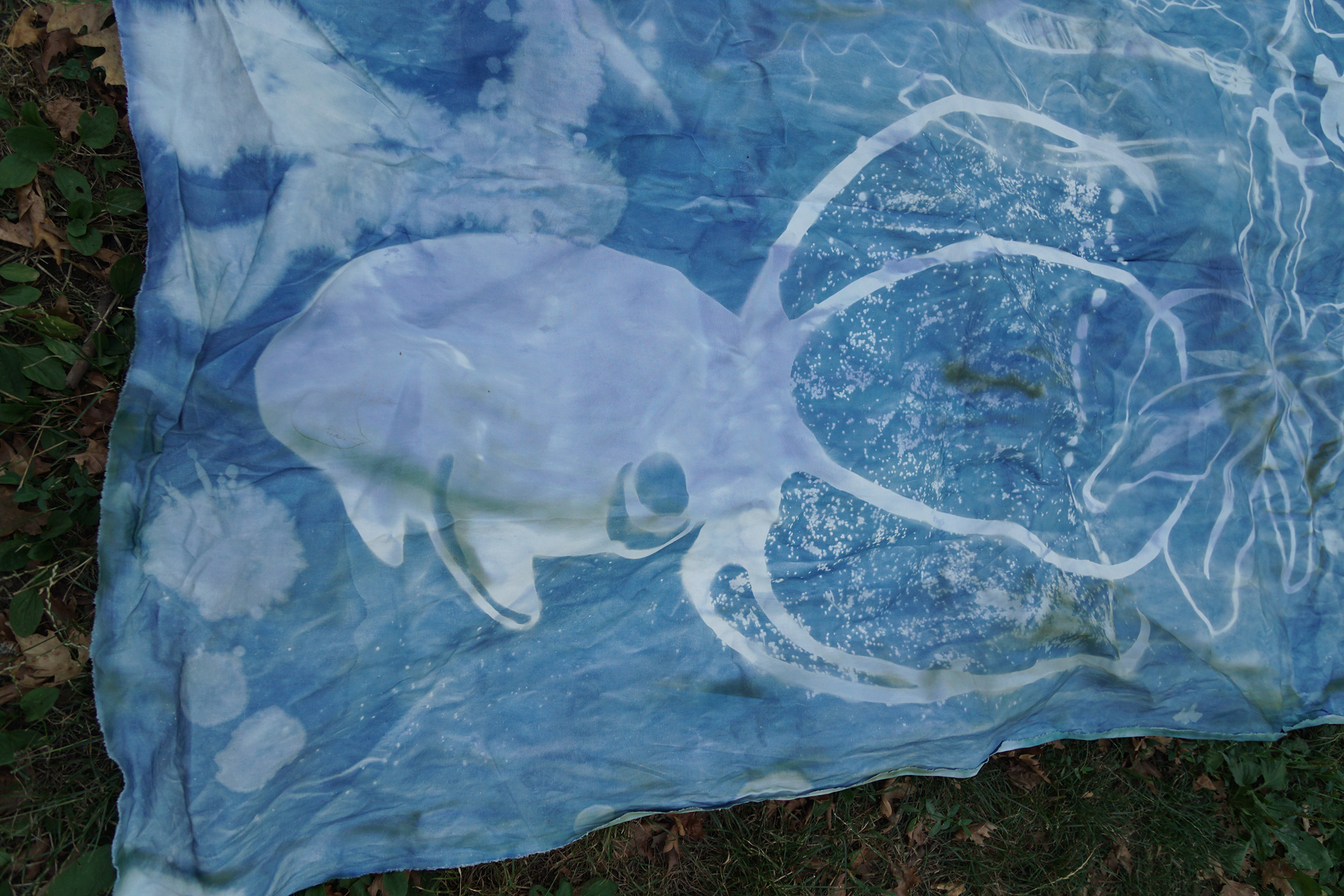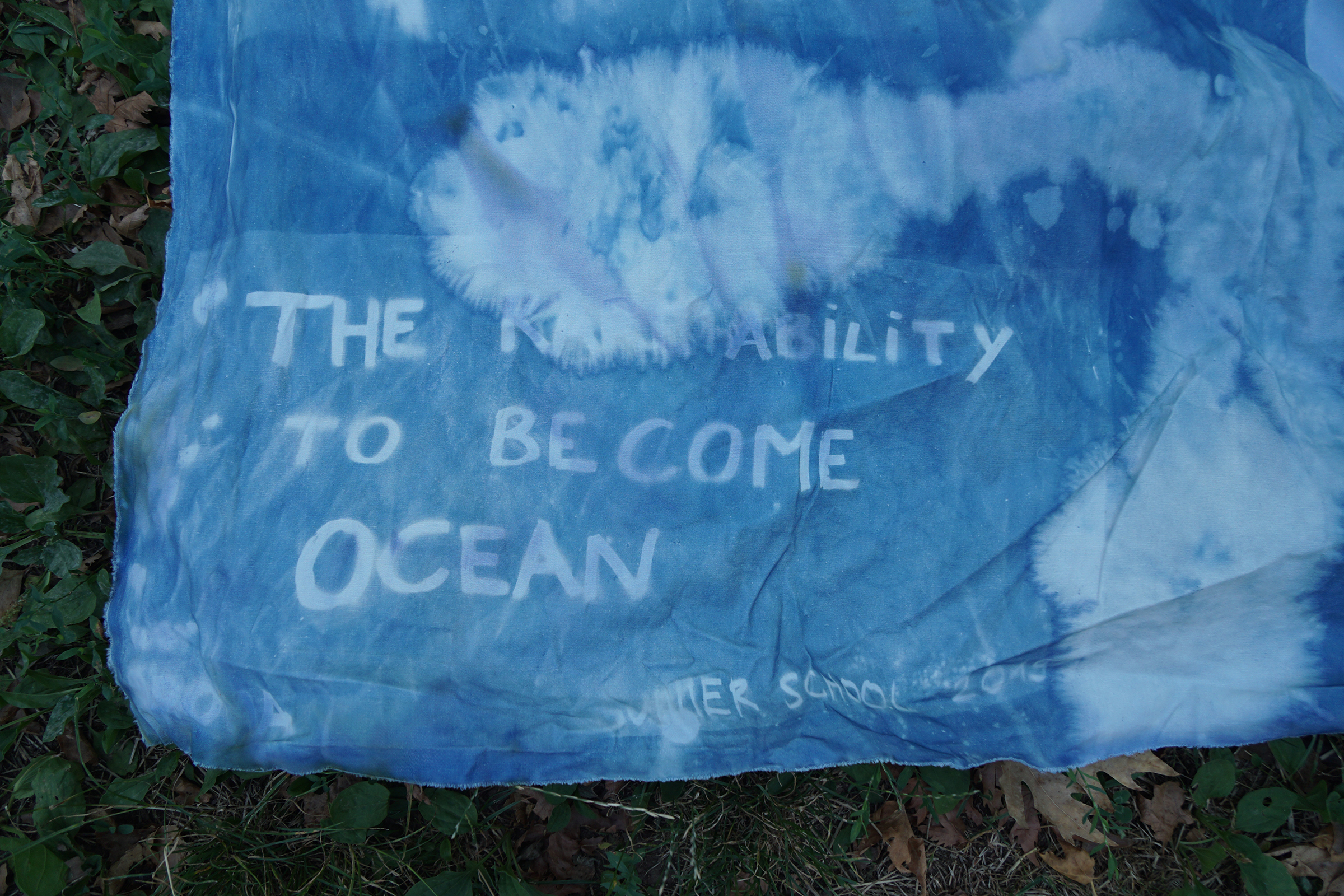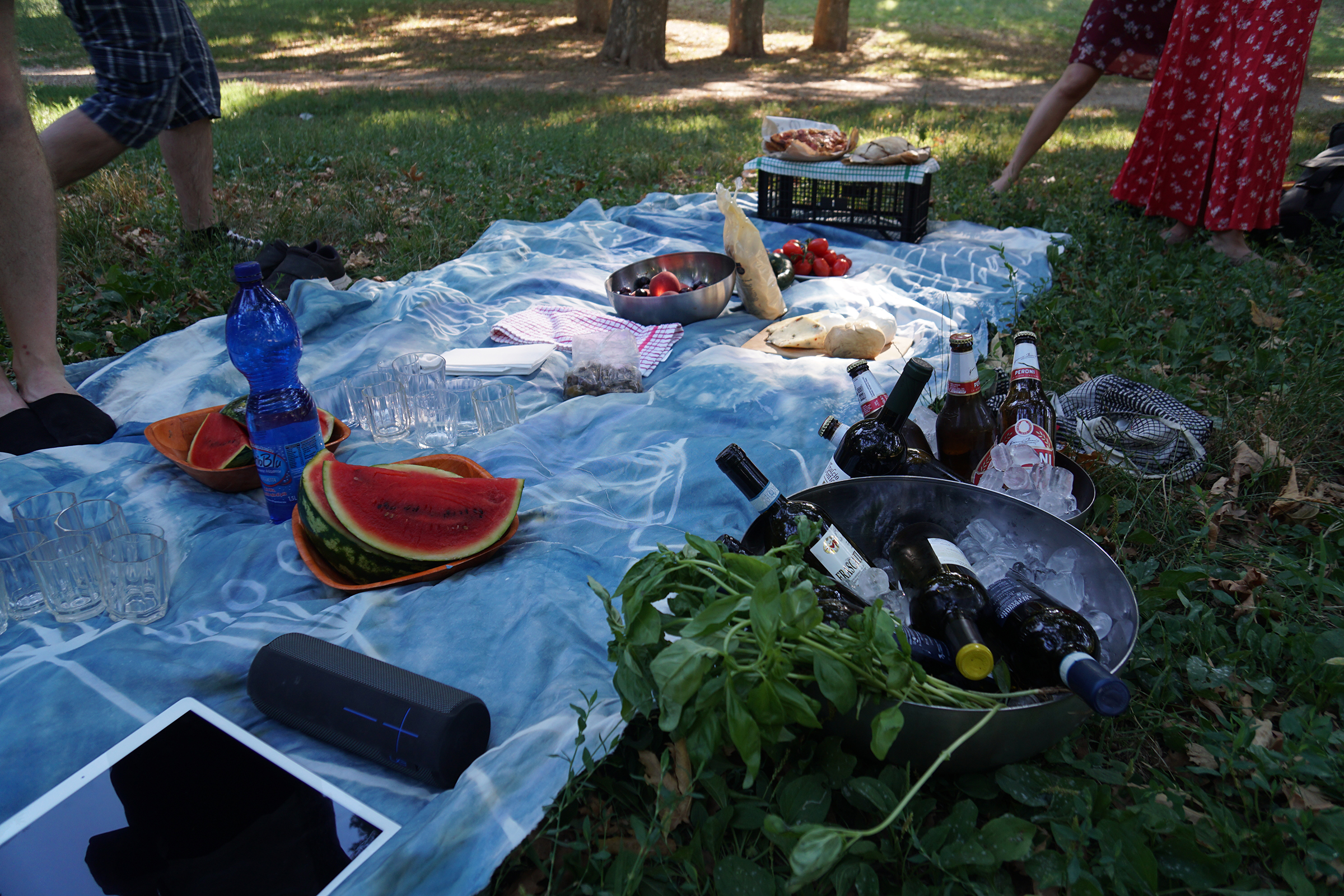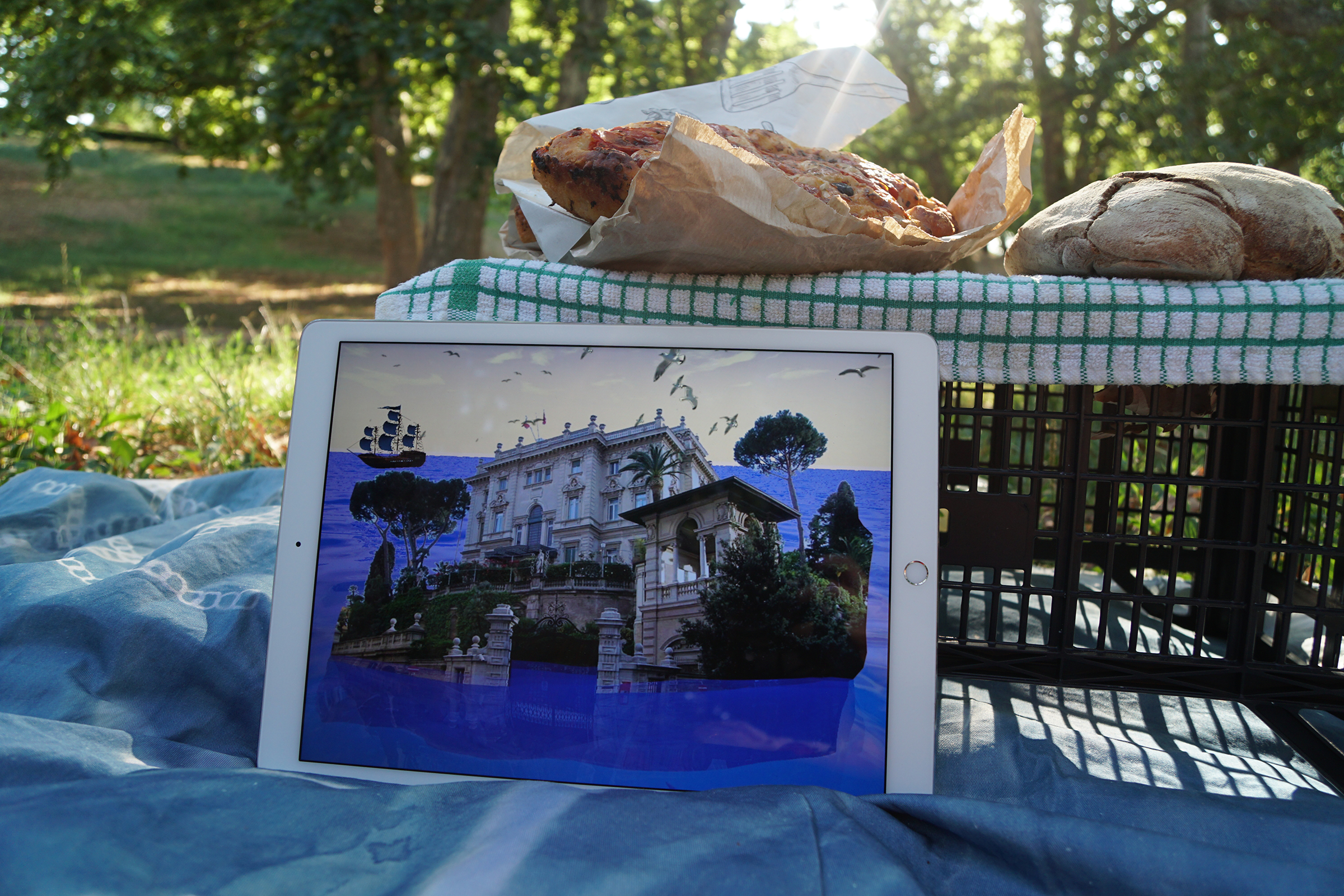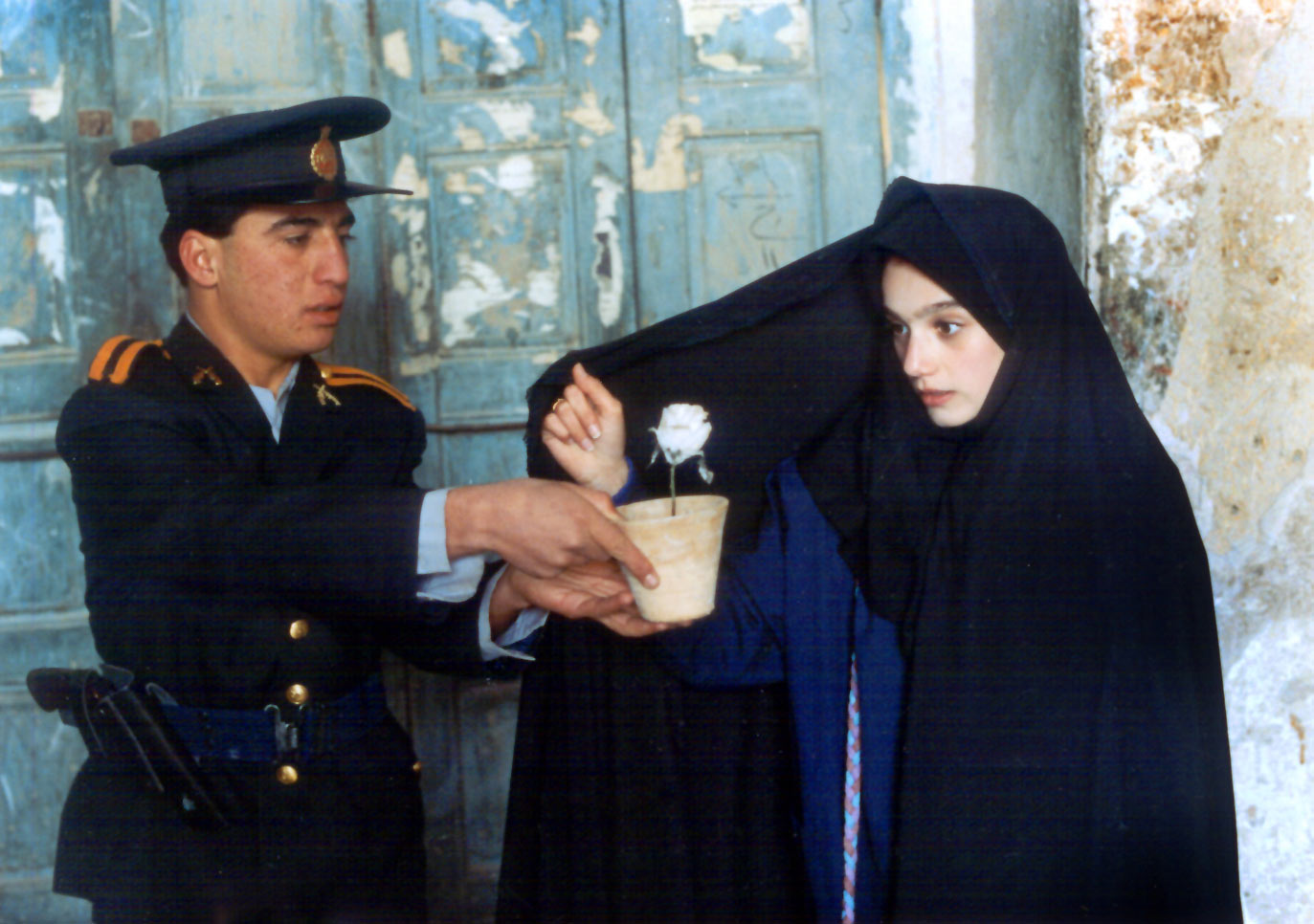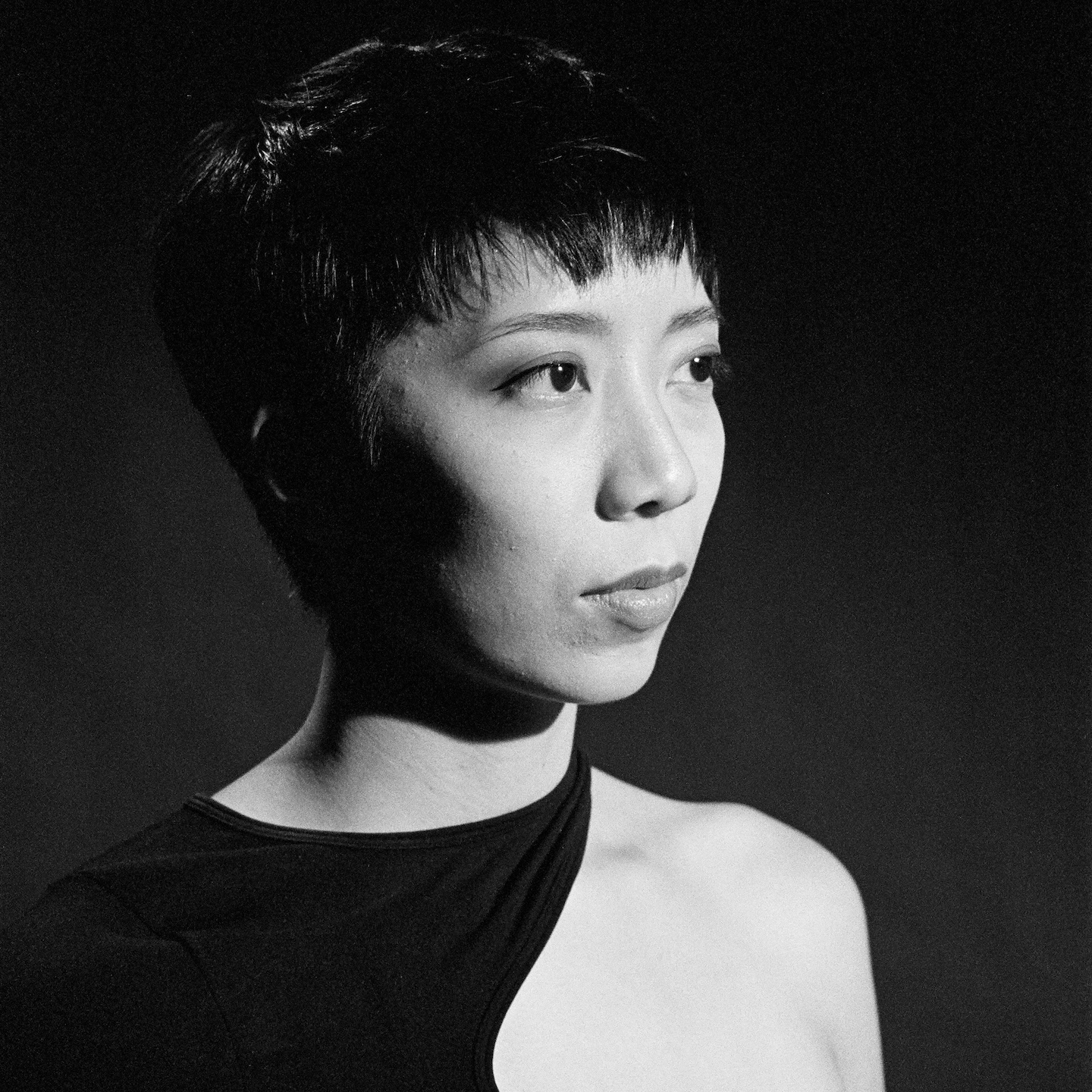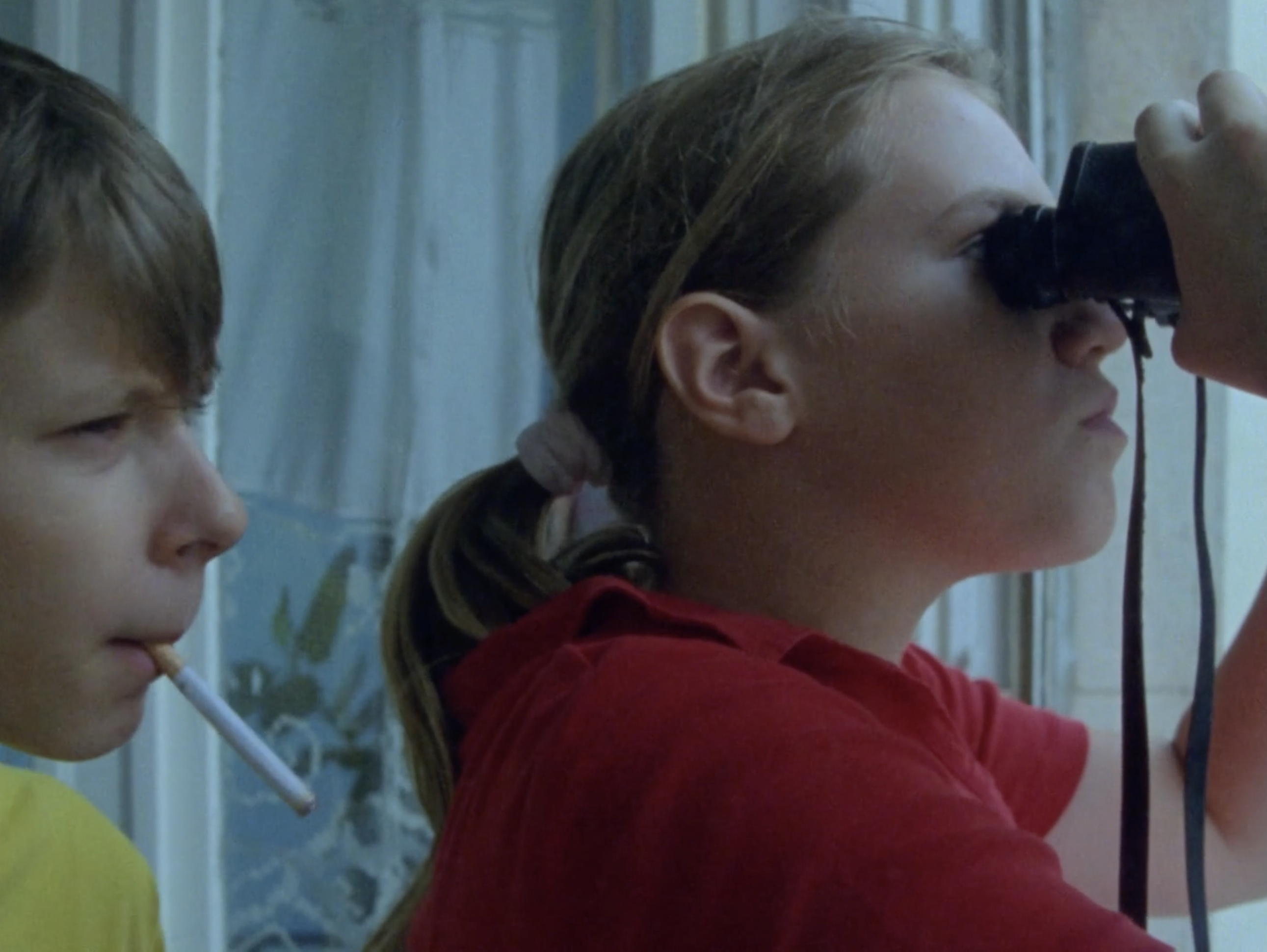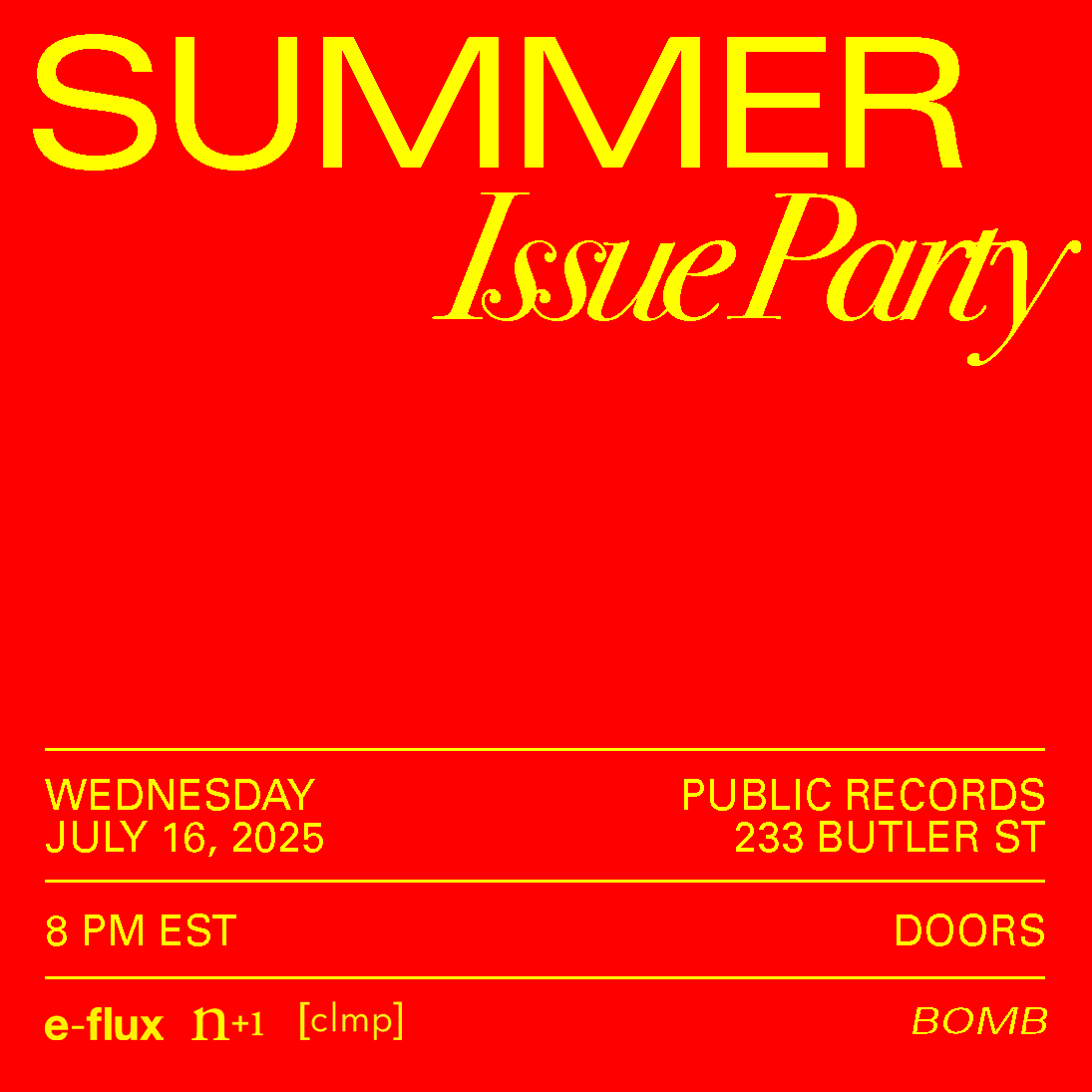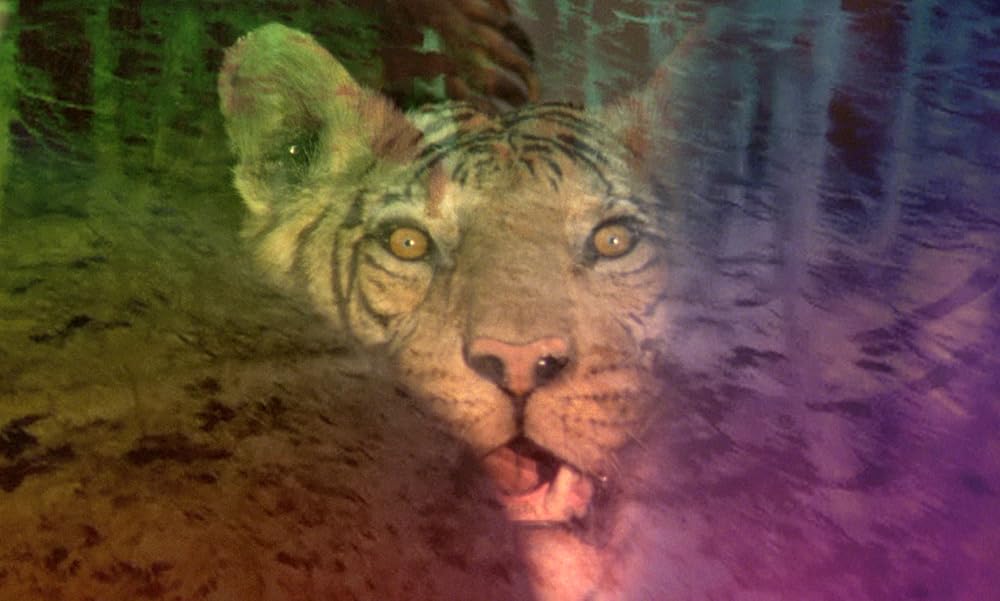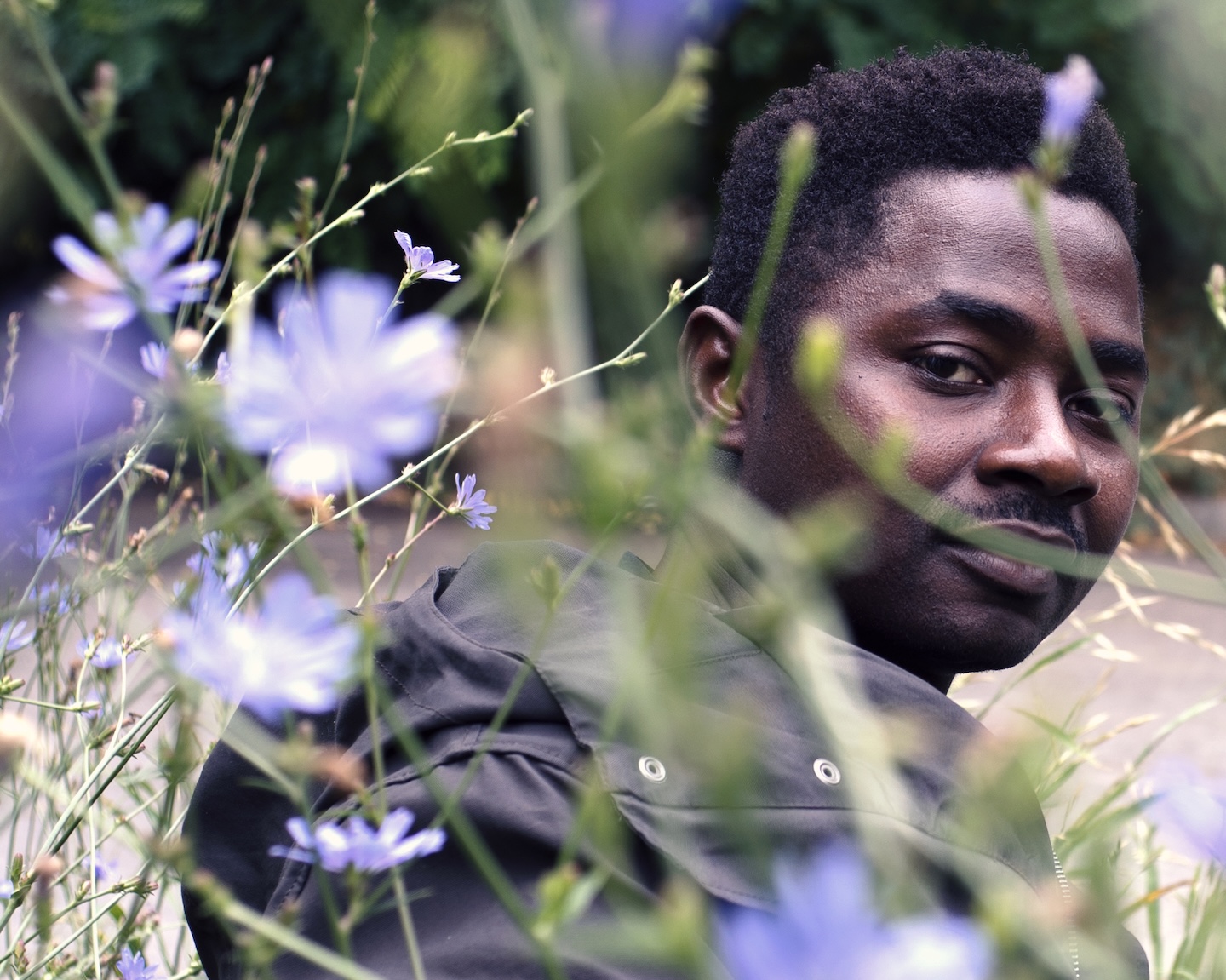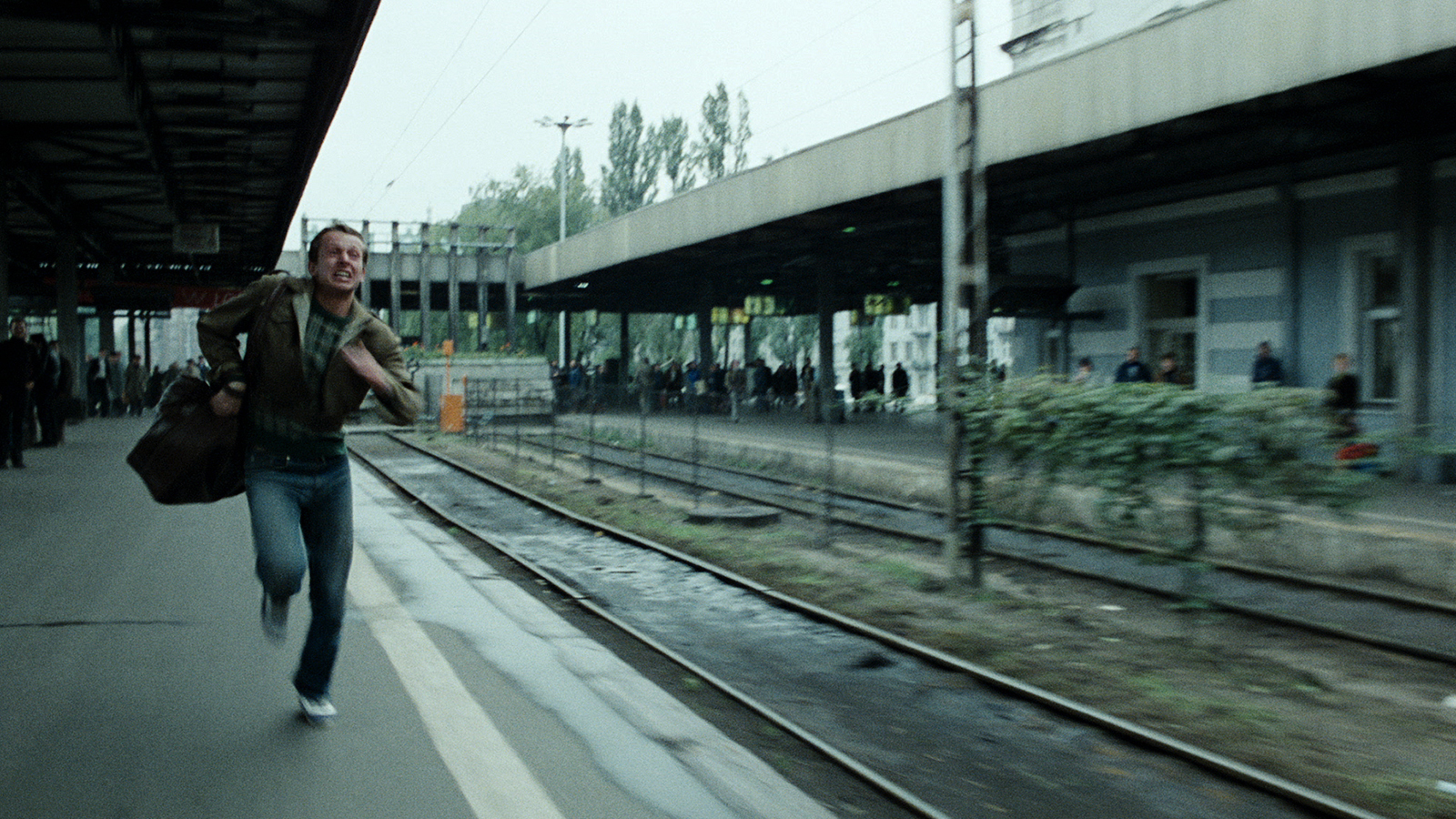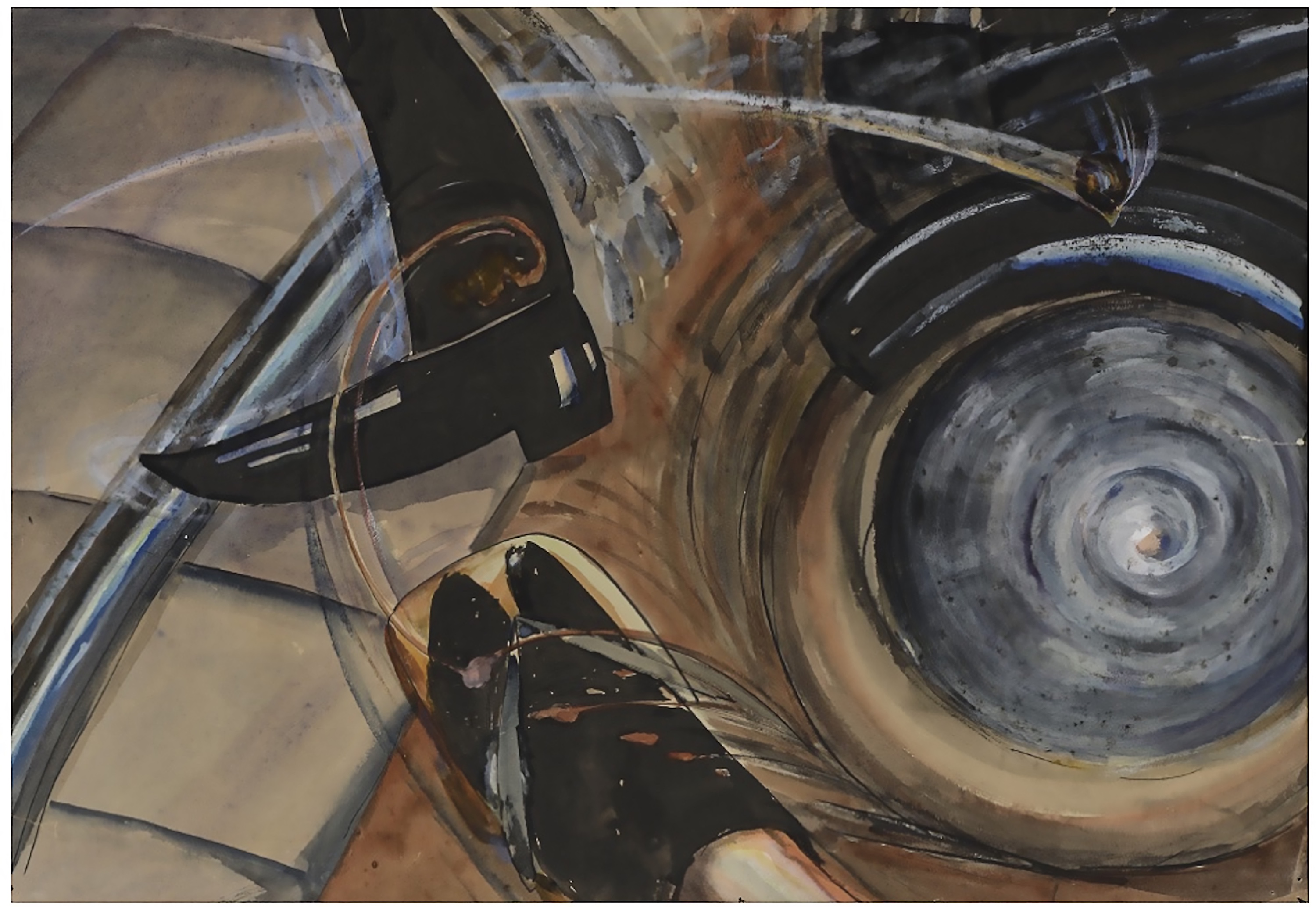1. Why did you decide to go into teaching?
To continue learning.
2. What drew you to your school and what is your teaching philosophy?
The possibility of joining director Chus Martínez in shaping a new pedagogical project on the most urgent matters of our present-future: Nature, Gender, Race.
I don’t think I have a “teaching philosophy”: it would force me to evolve and change following a predetermined pattern. I do have methods and obsessions though, which I try to adapt to each context, group, and individual. Collaboration is one of them: being a place for exchange and learning, academia is an ideal environment to host other visions and practices that operate with its knowledge and with a different logic, so inviting guest speakers to come and talk about what they do is a fundamental part of my seminars. Another is improvisation: I started teaching as soon as I came out of university, and I feel that my first years were a lot about training, rehearsing, and repeating. I remember studying and preparing myself more for seminars than for my own exams as a student! This has allowed me to slowly learn how to master my ideas and arguments in a more fluid way, taking unexpected turns according to the responses from students. As any performer knows well, you can only improvise if you’ve trained a lot, and I am grateful for those “training” years while I was teaching at the Accademia di Brera in Milan and at IUAV in Venice.
3. What theory and art history do you consider most essential for your students? What artist or artwork do you refer to most often?
Working across art and ecology, I embrace intersectionality, which I find much more stimulating than sitting in a room surrounded by art history narratives. My thought is profoundly shaped by those historians of science, nature, gender, and race who challenged canonical operativity in radical matters. The ways in which they stood back from their fields and were capable of seeing things anew, with a critical yet constructive eye, and used a different language, free of jargons and assumptions, are really important examples for the context of art. The words of Donna J. Haraway, Vinciane Despret, Astrida Neimanis, Isabelle Stengers, Saidiya Hartman, Bénédicte Boisseron, Patricia Fara, Paul B. Preciado, and Christina Sharpe are frequently revisited in my seminars.
Vdrome largely commands my memory and affects in terms of artistic references, and many of the artists I refer to are people we worked with over the years. Saodat Ismailova, Pierre Huyghe, Camille Henrot, Apichatpong Weerasethakul, and the Karrabing Film Collective are among my frequent references.
4. How do you navigate generational or cultural differences between you and your students?
With curiosity and availability, but also with finding softer modes of relationship to conflict. Some people find it really important, but I find most of it a waste of time. In Conversations on Writing, Ursula K. Le Guin (another frequent reference) says, “If you say that story is about conflict, that plot must be based on conflict, you’re limiting your view of the world severely. And in a sense making a political statement: that life is conflict, so in stories conflict is all that really matters. This is simply untrue.” I am with her.
5. What changes would you like to see in art education?
Major structural changes that would allow people to study with quality and support regardless of their social, geographic, or gendered backgrounds.
6. What is your educational background? Did you arrive at art from another field?
I arrived at other fields from art: I have a very classic art history background, having studied in art history departments in Lisbon and Florence and then visual cultures at Goldsmiths. My PhD is in the department of Film and Philosophy at Kingston University, simply because the incredible teacher I wanted to study with, John Mullarkey, was there. I owe him every single letter of that dissertation.
Back in university, I dreamed about being a medievalist until my last year in university, when I realized I would not be able to have live conversations with those I would be working with. But I still have a deep passion for Romanic imaginaries and the ways in which nature–culture is often harmoniously resolved.
7. How have recent cultural movements and activism informed your curriculum?
My curriculum has certainly been informed by the recent rise of awareness for the need to fight for equality and to support diversity. There isn’t a single book about animal studies that doesn’t refer to the “turn” in the humanities, and it is true. Despite being significantly harmed in contexts with a neoliberal mindset (what is happening to many humanities departments in the United Kingdom, for instance, is criminal), during the last decade the humanities have opened themselves to many necessary transformations, incorporating the voices, perspectives, and concerns of individuals and contexts that unfortunately were marginalized for too long. But today there are important departments and institutions that support both academic parity and intersectionality, both in terms of staff and curriculum.
We all have our fights and passions, and mine are in nature and animals, which I try to approach in my seminars from cross-disciplinary perspectives and approaches. I believe that the path to social justice needs to be walked together with all other forms of rightful emancipation, as there is a common goal, which is the improvement of the quality of life in this planet.
8. How much structure or independence do students have in your courses?
I would have to describe each student individually to answer this question. It really depends on what each person wants and needs.
9. How does the program connect students to the surrounding art scene? How do they learn outside the classroom?
The program connects students to surrounding and non-surrounding intellectual, affective, and creative scenes, artistic and non-. They learn outside the classroom by learning outside the classroom, literally.
10. What advice do you give to your students as they leave school and enter the field?
Competition is so over: collaborate, initiate your own projects, don’t be rushed, and try hard to be a decent human.
